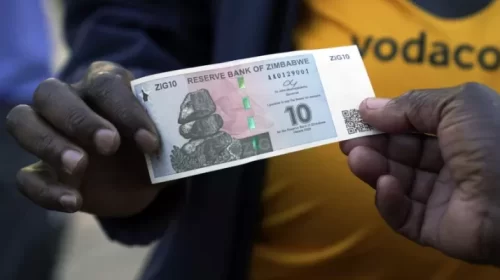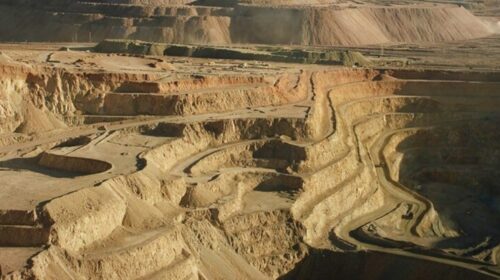Study Says Vanadium Redox Flow Batteries Have a Smaller Carbon Footprint Compared to Lithium-ion Batteries
A life-cycle assessment (LCA) study executed by the independent consulters Denkstatt, Vienna, for Enerox / CellCube, reveals that Vanadium Redox Flow Batteries excel with a highly favorable environmental footprint for large-scale energy storage solutions compared to lithium-ion battery technology.
Battery energy storage systems (BESS) are important puzzle pieces of the energy transition – the technology even accelerates the roll-out of Solar/PV and wind power deployments. Lithium-ion and Vanadium Redox Flow Batteries (VRFB) are the two key BESS technologies that dominate the battery energy storage market.
For the new ESG reporting requirements it is relevant to understand the CO2 impact for planned investments in energy efficiency.
A new life-cycle assessment (LCA) study shows that there are significant differences regarding the carbon footprint over the lifecycle of the systems: Vanadium Redox Flow Batteries offer a highly favorable environmental footprint for large-scale energy storage solutions compared to the more wide-spread lithium-ion battery technology.
Even with rather conservative estimates on the impact of vanadium production, CellCube’s VRFB comes with only 66% of the global warming potential of its lithium-ion competitors.
A sensitivity analysis has also illustrated where this advantage of VRFB technology mainly comes from: On the material sourcing and circular economy side, the reusability of the vanadium electrolyte and the ability to utilize material supply from waste are a big plus for the systems which have a minimal lifetime of 20-25 years.
Furthermore, the LCA shows that 85.5% of a Cell Cube FB 500-2000 battery – calculated on a weight basis – can be directly re-used at the end-of-life.
And almost all of the remaining materials are recyclable. “If we talk about carbon footprint it is important to have a look at the whole life-cycle and also include the manufacturing of energy storage systems”, highlights Alexander Schoenfeldt, CEO of Enerox GmbH (CellCube).
“Our VRFB-approach is a great example of how a circular economy solution should look like.” The findings of the new analysis that is based on the latest battery types are in-line with previous studies that show similar results.
![]()





